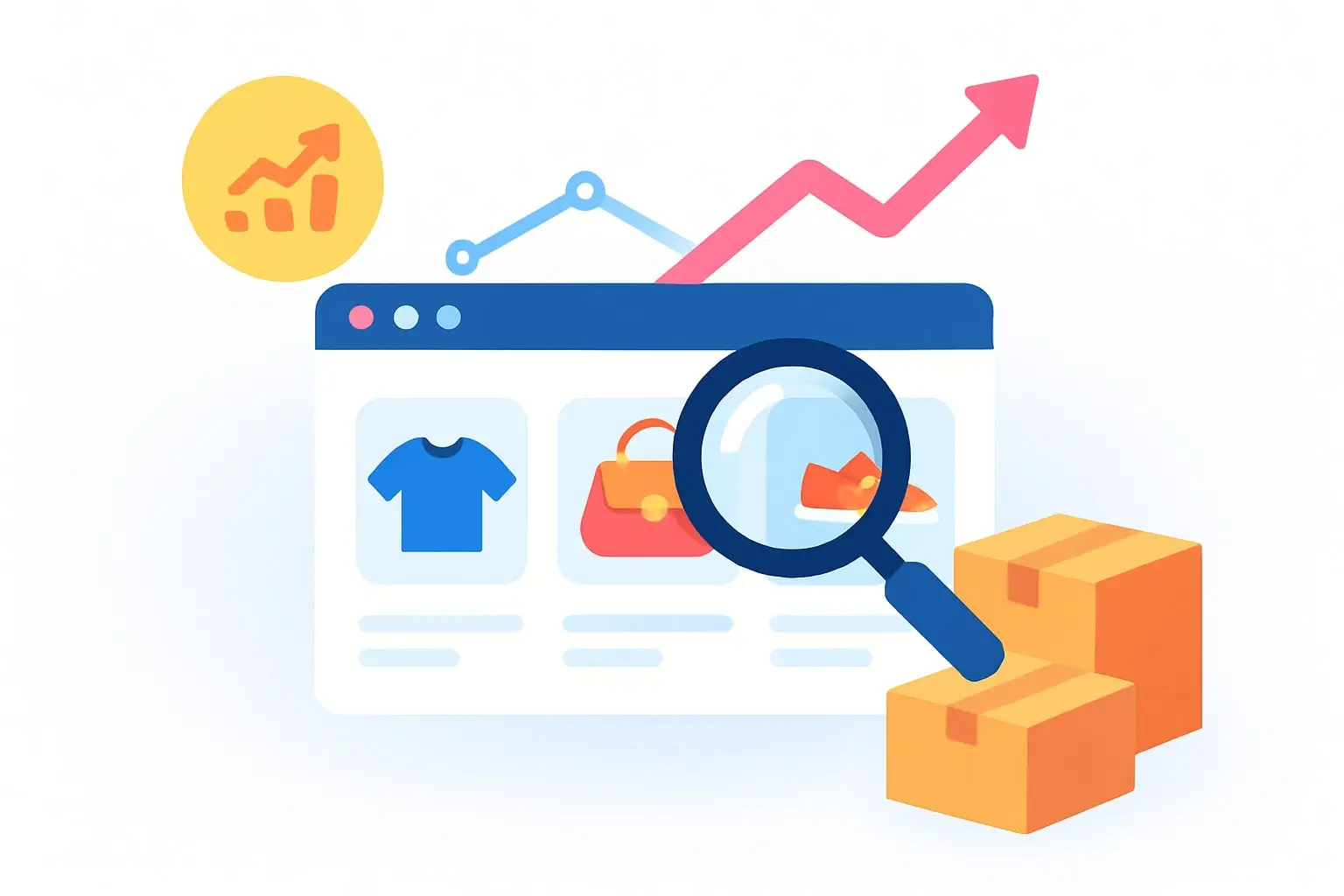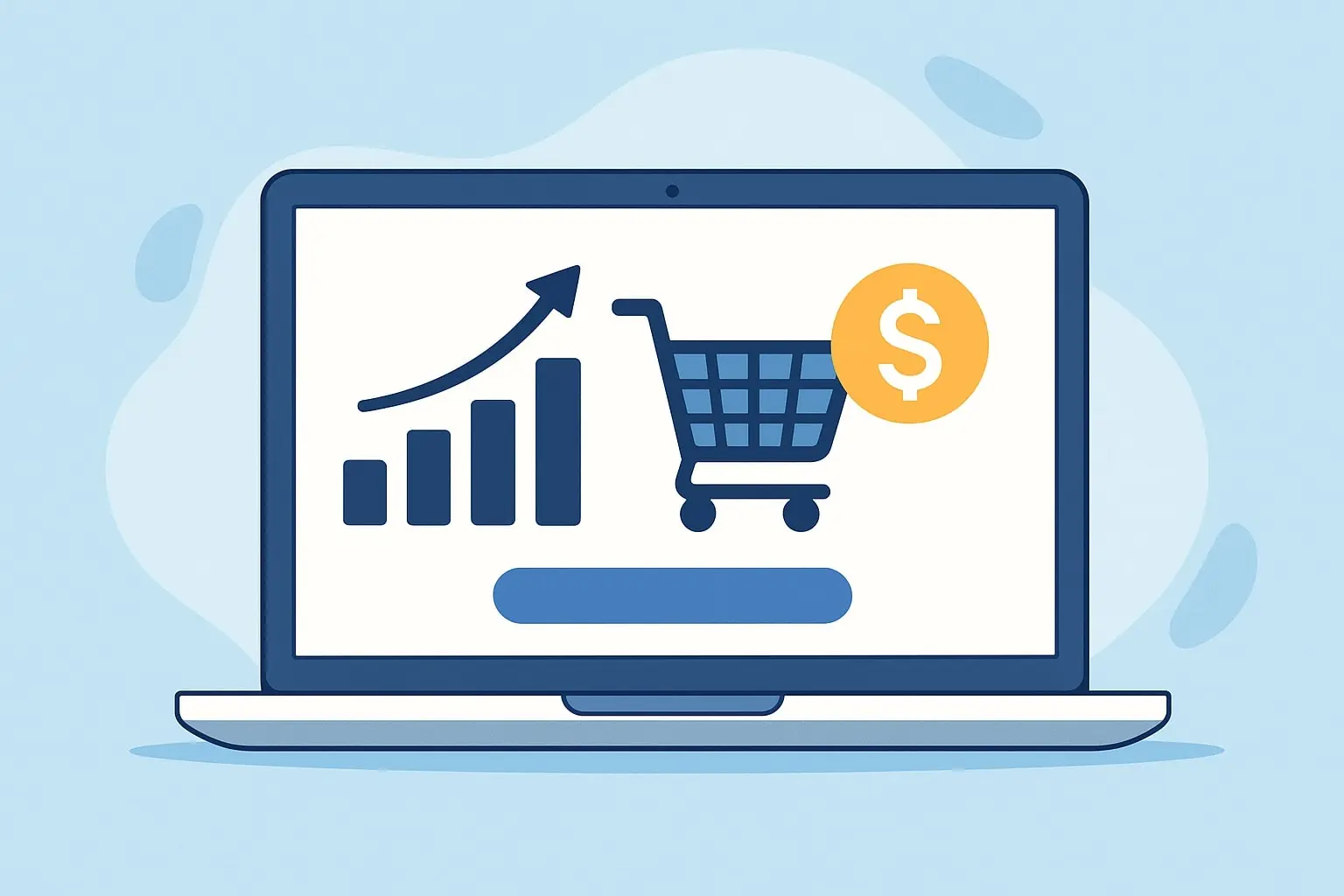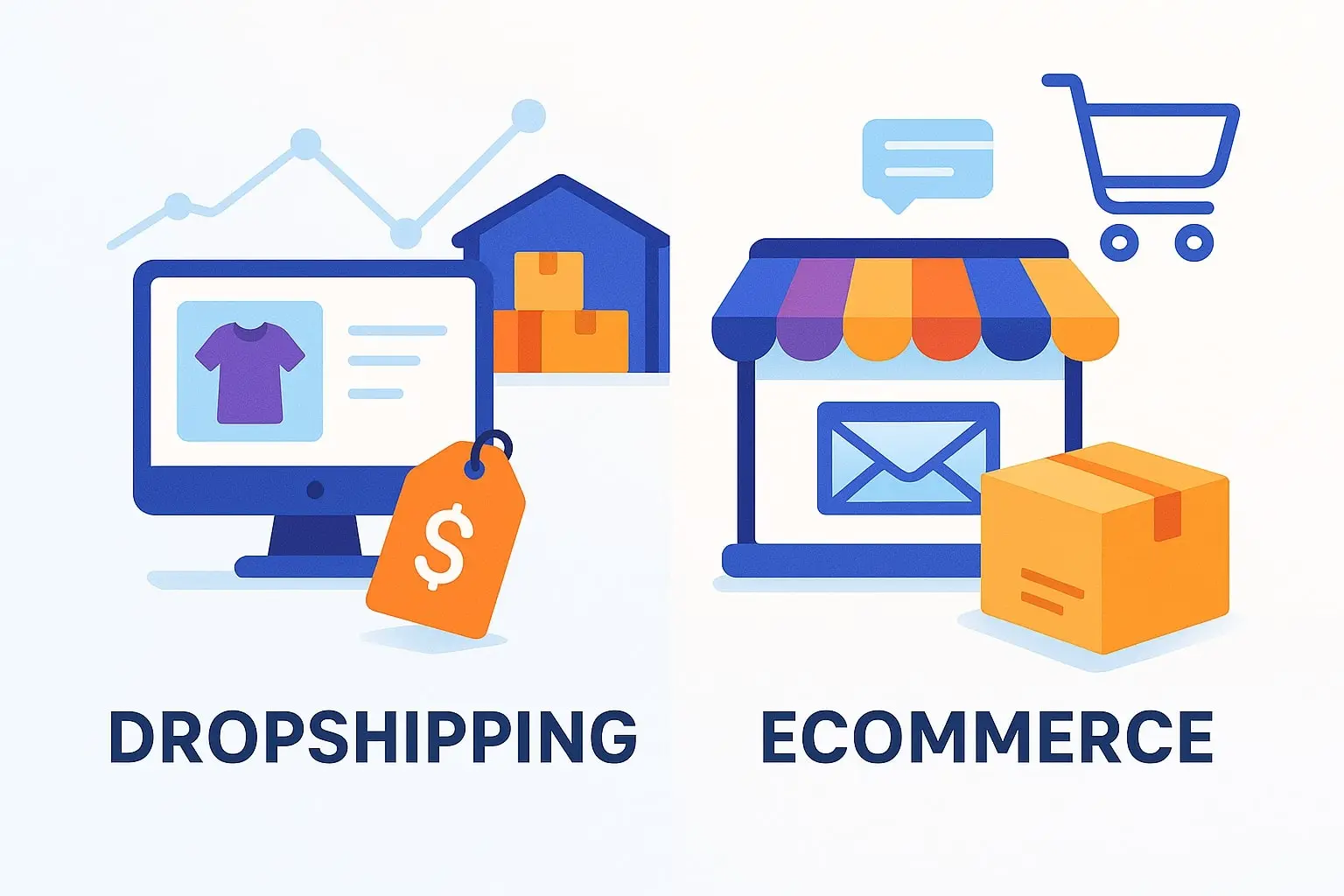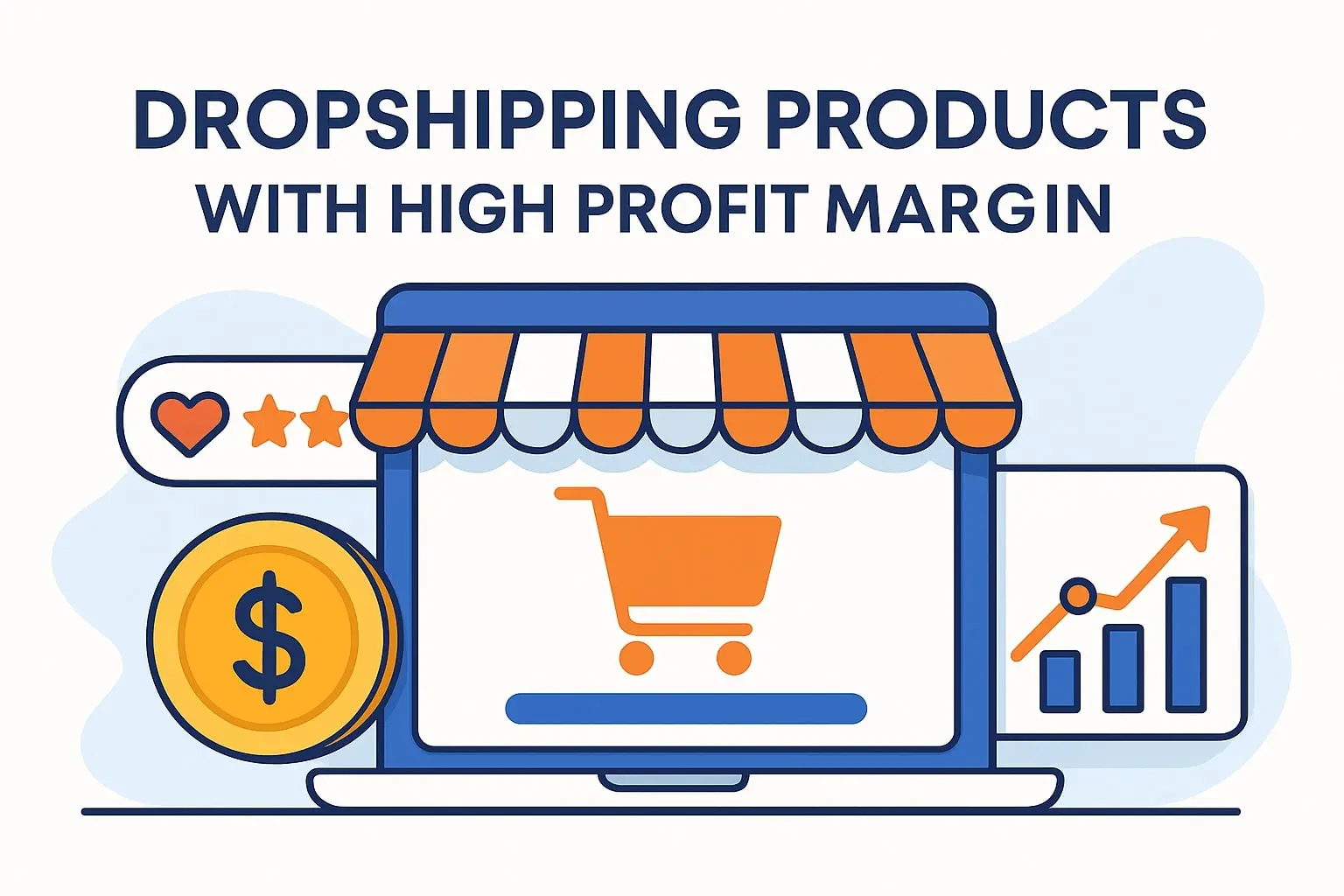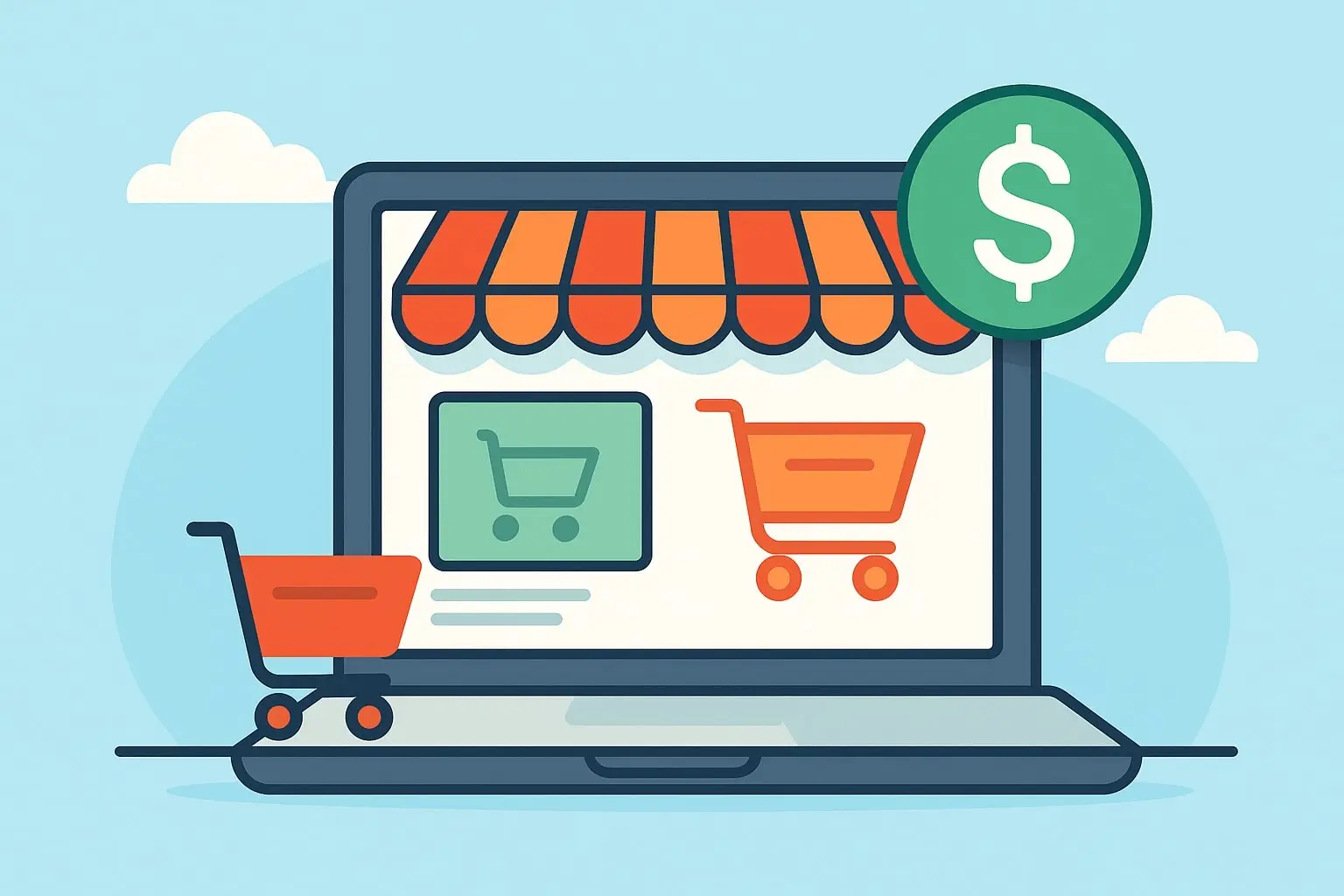Best Wholesale Ecommerce Platform in 2025: Full Comparison & Buying Guide
- Published on 2025-06-10
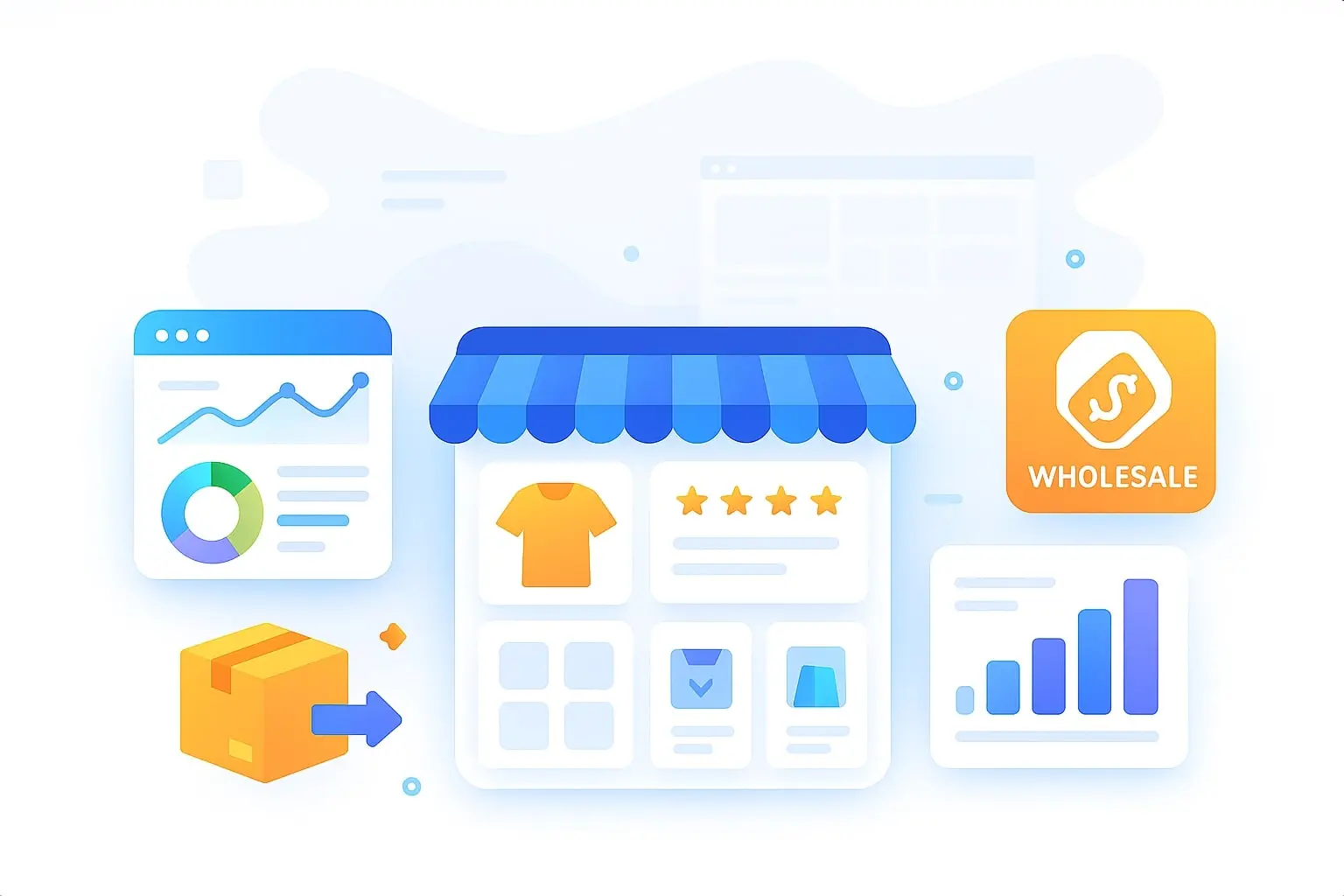
The wholesale landscape has changed dramatically over the last few years. B2B buyers now expect the same seamless experience they get as consumers: fast search, instant checkout, custom pricing, and mobile access. That’s why choosing the best wholesale ecommerce platform in 2025 isn’t just a technical decision — it’s a growth decision.
Whether you're a manufacturer, distributor, or DTC brand expanding into wholesale, this guide will help you choose the platform that fits your needs, scale, and budget.
Why Wholesale Ecommerce Matters More Than Ever
Wholesale ecommerce is no longer a back-office operation. It's now a critical revenue channel for brands of all sizes. According to Statista, global B2B ecommerce is projected to reach $22 trillion by 2025 — nearly 5x the B2C market.
Today's wholesale buyers:
- Browse and place bulk orders online
- Expect account-specific pricing and terms
- Want mobile-optimized catalogs
- Prefer reordering and quotes handled digitally
If your platform can’t deliver this experience, your competitors will.
What to Look for in a Wholesale Ecommerce Platform
Here are the most important features you should evaluate when comparing platforms:
🔐 1. Customer-Specific Pricing
- Tiered pricing by customer group
- Hidden pricing for guests
- Minimum order quantities
📦 2. Bulk Ordering & Quick Reordering
- CSV import support
- Saved shopping lists
- "Reorder previous" button
🧾 3. Flexible Payment & Invoicing
- Net terms support (e.g. Net 30, Net 60)
- Integration with accounting systems
- Multi-currency and tax handling
🛠️ 4. Inventory and ERP Integration
- Real-time inventory sync
- Connection with ERPs like NetSuite, SAP, or QuickBooks
👤 5. B2B Account Management
- Multiple users per company
- Sales rep login
- Quote requests & negotiation
🌍 6. Scalability and Performance
- Can it support thousands of SKUs?
- Headless-ready for custom frontend builds?
Let’s compare the top platforms for wholesale ecommerce in 2025.
The Best Wholesale Ecommerce Platforms in 2025
| Platform | Best For | Key Strengths | Pricing |
|---|---|---|---|
| Shopify Plus | DTC brands with B2B expansion | Fast setup, Shopify ecosystem | $$$ |
| BigCommerce B2B | Mid-size & enterprise wholesale | Native B2B tools, fast performance | $$$ |
| Magento (Adobe) | Complex B2B businesses | Fully customizable, enterprise-ready | $$$$ |
| Handshake | Suppliers looking for reach | Built-in marketplace, fast onboarding | $ |
| OroCommerce | Enterprise-level B2B | Built for B2B from day one | $$$$ |
1. Shopify Plus (with Wholesale Channel)
🛍️ Best for: Brands already using Shopify
Shopify Plus allows DTC brands to launch a dedicated wholesale channel without starting from scratch. With password-protected B2B storefronts and customer-specific pricing, it’s a powerful solution for small-to-midsize wholesalers.
Pros:
- Quick setup using your existing catalog
- Shopify’s rich app store
- Built-in inventory management
Cons:
- The Wholesale Channel is limited in flexibility
- Advanced B2B logic may require third-party apps
Price: Starting at $2,000/month for Shopify Plus
2. BigCommerce B2B Edition
🧱 Best for: Mid-sized and growing B2B companies
BigCommerce offers a full suite of B2B ecommerce features out of the box. From price lists to sales rep tools, it’s one of the few platforms with wholesale-first architecture.
Key Features:
- B2B buyer portals
- Request-a-quote workflows
- Shared company shopping lists
Pros:
- No need to rely heavily on apps
- Fast performance and hosting
- Open SaaS model (you can go headless)
Cons:
- Requires some setup time for advanced features
Price: Custom pricing for B2B Edition
3. Magento (Adobe Commerce)
🧠 Best for: Developers and enterprises needing control
Magento (Adobe Commerce) is one of the most flexible ecommerce platforms available. It has a dedicated B2B suite with features like company accounts, negotiated pricing, and role-based access control.
Pros:
- Advanced workflows (quote requests, approval flows)
- Massive extension marketplace
- Deep ERP and CRM integrations
Cons:
- High hosting and development costs
- Needs experienced developers to maintain
Price: Enterprise pricing (typically $22k+/year)
4. Handshake (by Shopify)
🔎 Best for: Suppliers and manufacturers wanting reach
Handshake is a B2B marketplace built by Shopify. It allows you to list your products on a wholesale-only platform and receive orders from verified retailers.
Pros:
- Built-in traffic from wholesale buyers
- Easy Shopify integration
- Zero development needed
Cons:
- You don’t control the full customer experience
- Not ideal for private B2B portals
Price: Free to list (Shopify plan required)
5. OroCommerce
🧬 Best for: Complex enterprise B2B needs
OroCommerce is purpose-built for B2B ecommerce. It's open-source, customizable, and built by the original Magento team.
Key Features:
- Punchout support
- Company hierarchies
- Custom approval workflows
Pros:
- Built from the ground up for B2B
- Deep integration capabilities
- Scalable for multi-org environments
Cons:
- Long learning curve
- Enterprise-level implementation required
Price: Free (open source) or custom enterprise pricing
Which B2B Platform Should You Choose?
Choosing the best wholesale ecommerce platform comes down to your:
| Factor | Best Option |
|---|---|
| Already on Shopify | Shopify Plus or Handshake |
| Medium-large catalog | BigCommerce B2B or Magento |
| Need complex B2B logic | Magento or OroCommerce |
| Want simplicity | Shopify + apps or Handshake |
| Need headless options | BigCommerce or Magento |
Real-World Example: Scaling with the Right B2B Platform
Let’s say you're a skincare brand selling DTC on Shopify. You want to expand into wholesale to sell to salons and spas.
With Shopify Plus + Wholesale Channel:
- You launch a password-protected portal in days
- Set wholesale pricing per customer group
- Use SpyTrends to find fast-moving B2B product trends
- Offer net 30 invoicing using a third-party app
Within a few weeks, you're serving both DTC and wholesale clients — using the same backend.
How to Drive Growth Once You Launch
A great platform is only half the battle. To grow your wholesale business:
1. Curate your product selection
Focus on products that show strong early traction across ads and stores. (Use tools like SpyTrends to discover these.)
2. Offer clear pricing tiers
Make it easy for buyers to understand volume discounts or minimum order values.
3. Build reorder flows
Use order history, quick reorder buttons, or automatic replenishment reminders.
4. Track customer behavior
Use analytics and product trends to guide future offerings.
Frequently Asked Questions (FAQs)
What is the best platform for wholesale ecommerce?
It depends. Shopify Plus is great for existing Shopify users. BigCommerce is built for B2B at scale. Magento and OroCommerce are ideal for enterprises.
Can I run B2C and B2B on the same platform?
Yes — many platforms like Shopify Plus and BigCommerce let you run both from the same backend.
How much does a wholesale ecommerce platform cost?
Basic options start around $30/month (with plugins). Enterprise platforms can cost $10,000+ per year.
What about WooCommerce?
It’s possible, but not ideal for serious B2B needs unless heavily customized with plugins like B2B for WooCommerce.
Final Thoughts
The best wholesale ecommerce platform is the one that grows with you.
- If you’re starting out, Shopify or Handshake are easy wins.
- For growing operations, BigCommerce offers scale without complexity.
- For enterprise and flexibility, Magento and OroCommerce are unmatched.
But don’t forget — the platform is just the foundation. The winning edge comes from how well you choose your products, understand your buyers, and automate your workflows.
Want to Find B2B Products That Sell?
SpyTrends helps you spot fast-moving wholesale product trends by analyzing thousands of live ads and store listings — daily.
✅ See what’s working now
✅ Track product popularity
✅ Get ideas for your B2B catalog
